
Blogs on oil pulling for oral health, stress in patients and dentists during root canal treatment and incremental v bulk fill composite resin restorations were the most popular between July and September.
[read the full story...]
Blogs on oil pulling for oral health, stress in patients and dentists during root canal treatment and incremental v bulk fill composite resin restorations were the most popular between July and September.
[read the full story...]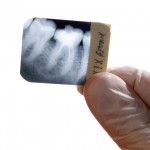
This review of the efficiency of orifice barriers in preventing coronal microleakage after root canal treatment included 18 in-vitro studies. The findings suggest the placement of an orifice barrier helped prevent coronal leakage. However the relevance of this to the clinical environment remains to be examined.
[read the full story...]
This review of the clinical effectiveness of bulk-fill versus incrementally layered conventional resin composites included 18 RCTs. Owing to the variety of composite materials and bonding systems used a narrative summary was presented with the findins suggesting no important differences between incremental and bulk-fill techniques.
[read the full story...]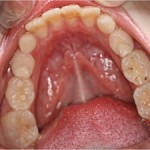
In this blog we take a look at the latest clinical practice guideline from the American Dental Association on restorative treatments for primary and permanent teeth with moderate and advanced caries.
[read the full story...]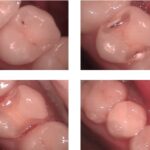
This review of different direct restorative materials for treating cavitated caries lesions on anterior and posterior primary and permanent teeth included 38 RCTs. None of the included studies was at low risk of bias and the findings suggest that the effectiveness of each included direct restorative material varied across outcomes. There was also limited evidence to support clinically important differences between the direct restorative materials assessed.
[read the full story...]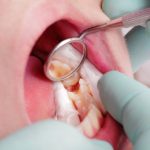
This review assessing the durability of self-adhesive resin bonding, postoperative sensitivity, and the overall survival rate of indirect restorations compared to total-etch, selective-etch, and self-etch adhesives includes 9 RCTs.
[read the full story...]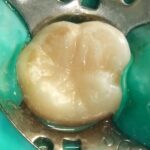
This review of the performance (retention/fracture) of bulk-fill and incremental filled composite restorations place in the posterior teeth of adult patients included 14 RCTs. Only 4 of the studies were at low risk of bias and while no difference was shown between the two approaches but the number of failures was small small.
[read the full story...]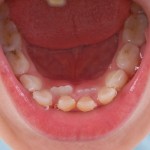
This review comparing compare the success rate of five tooth-coloured materials for class II restorations in primary molars included 10 RCTs. No differences in failure rates were seen for composite resin,resin-modified glass ionomer cement or compomers although all included studies were at high risk of bias.
[read the full story...]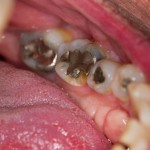
This updated Cochrane review of the efficacy and safety of direct composite fillings versus amalgam fillings included 8 RCTs. Low‐certainty evidence suggests that composite resin restorations may have almost double the failure rate of amalgam restorations.
[read the full story...]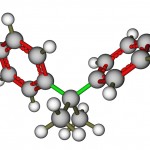
This review on Bisphenol-A (BPA) exposure from dental treatment included 7 studies and suggests an increase in urinary BPA after 24 hours returning to baseline by 14 days.
[read the full story...]